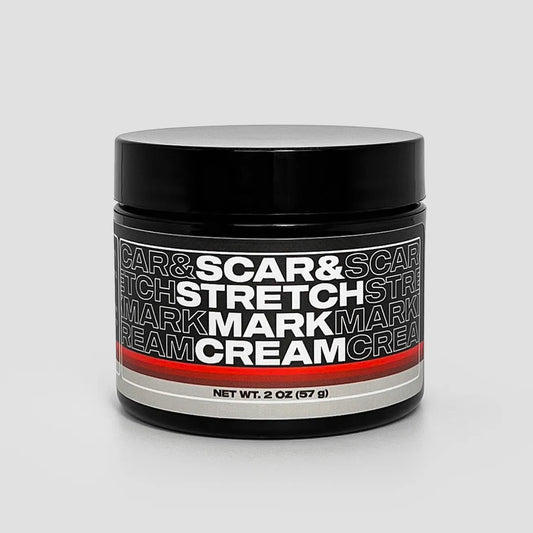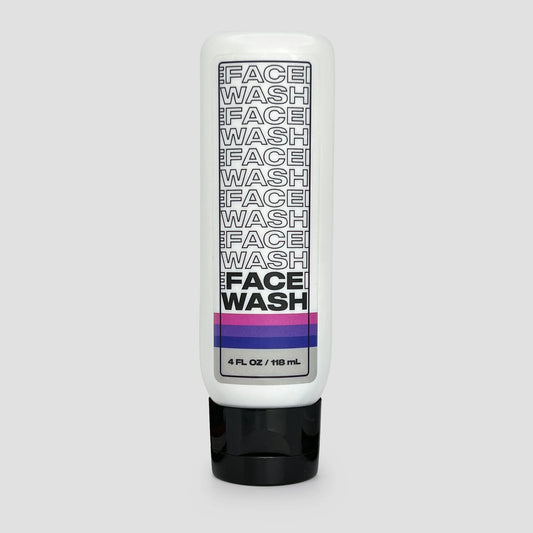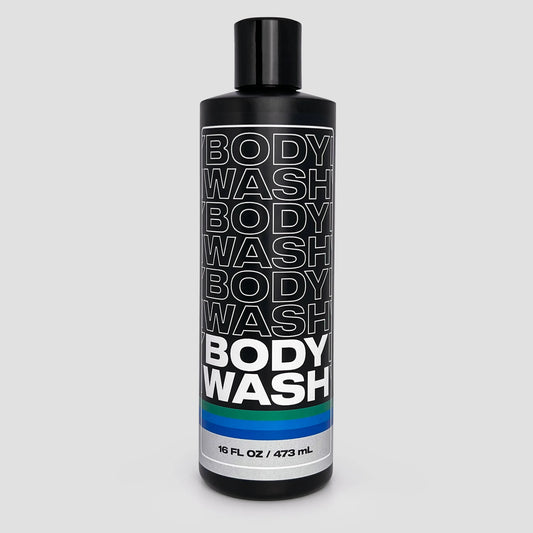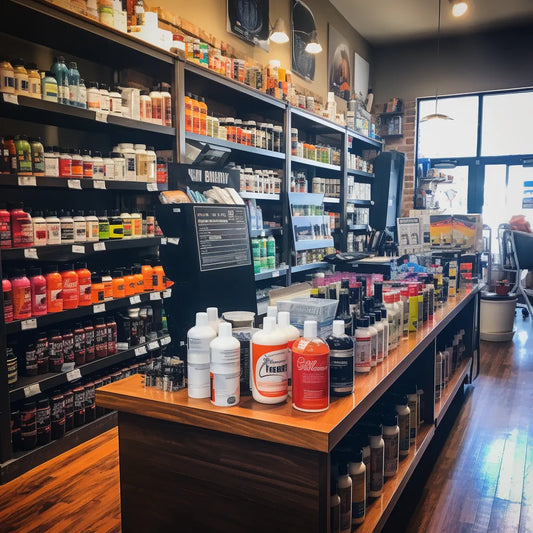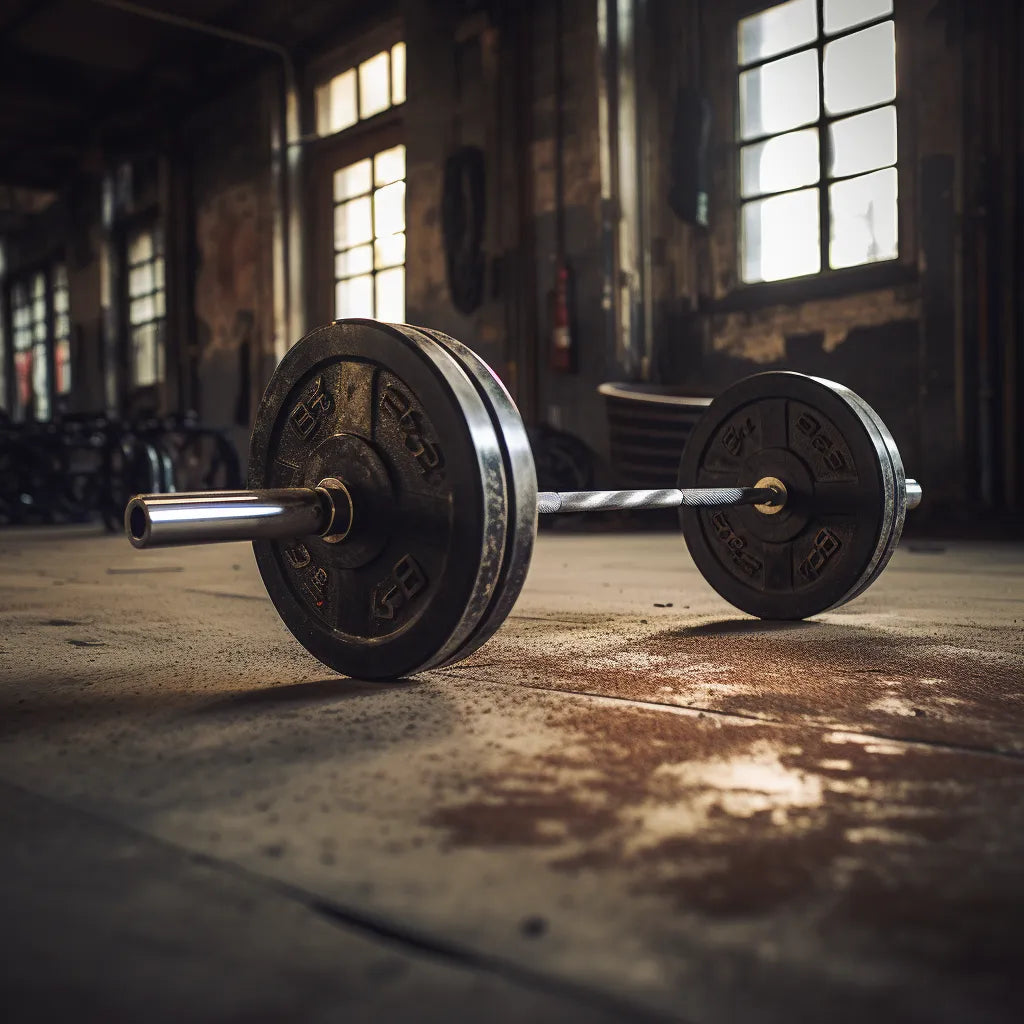

When stepping foot into the gym, you may have noticed a divergence in weightlifting plates - bumper and steel. Each has its place in the workout regime world. But how do we choose between them?
Bumper plates and steel plates are two polarities in the weightlifting universe. Knowing the difference can directly impact your regimen and its effectiveness.
This article, written in a style equivalent to The Atlantic targeting an 8th to 9th grade reading level, aims to decrypt the enigma behind bumper plates vs steel plates. By understanding the unique features, pros, and cons of both, you can make an informed decision about which plates are the perfect fit for your workout needs.
By the end, we hope you will not only understand the difference between these two popular types of weight plates but also be able to utilize them efficiently in your workout regime.
What are Bumper Plates?
Bumper plates are weighted plates made predominantly from a rubber composite, designed for use in Olympic weightlifting where they can be dropped from height. They are resilient, absorbing the shock, and don't damage the flooring.
What are Steel Plates?
Steel plates, often referred to as iron plates or metal plates, are made of cast iron. These are more traditional weights that are not designed to be dropped from a height like bumper plates but come in a wider variety of sizes.
How To Choose: Bumper Plates or Steel Plates
Making the right choice between bumper and steel plates can significantly impact your performance and progress. Here's a step-by-step guide to help you decide:
1. Understand Your Workout Needs
Identify if your workout plan involves a lot of Olympic lifts, intensive weight training exercises, or more traditional workouts.
2. Assess Your Budget
Steel plates are generally more affordable than bumper plates. Identify if your budget aligns with the higher cost of bumper plates, considering their long-term durability.
3. Consider Your Workout Environment
Consider if your workout area can handle the noise and impact of steel plates, or if the quieter, less floor-damaging bumper plates are better suited.
Are bumper plates better than steel plates?
Both bumper plates and steel plates have their advantages. Bumper plates are better for high-intensity workouts and Olympic lifts where dropping weights is common. Steel plates are better for bodybuilding exercises and are more affordable.
Can you use steel plates and bumper plates together?
It's not recommended to mix steel plates with bumper plates on the same bar due to potential balance issues and the increased wear on both types of plates.
Unlocking Your Weightlifting Potential: Bumper Plates Vs. Steel Plates
Choosing between bumper plates and steel plates isn't a struggle anymore. The decision relies mainly on your specific needs, workout style, and environment.
Brief Recap:
- Bumper plates are suitable for high-intensity and Olympic lifts.
- Steel plates are apt for traditional, controlled bodybuilding exercises.
- Consider your workout needs, budget, and environment when deciding.
Bump up your performance by selecting the right plate for your workout. Remember, the road to fitness isn't a sprint, but a marathon. Keep pushing the limits, keep challenging yourself, and keep growing!
